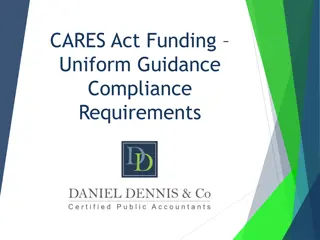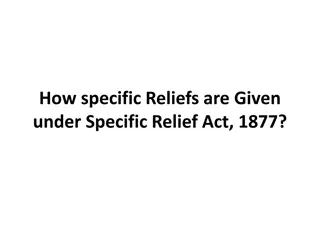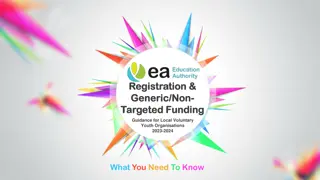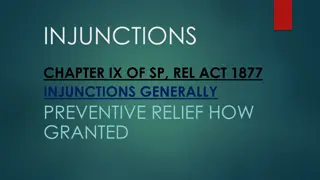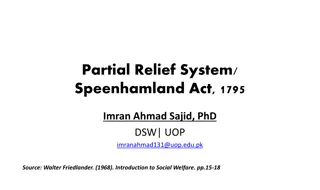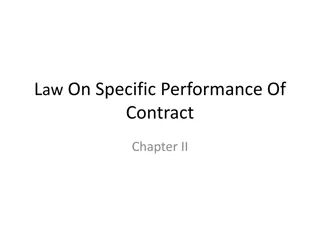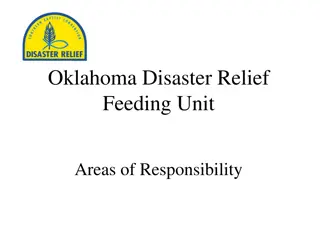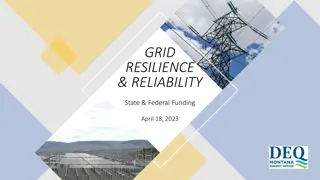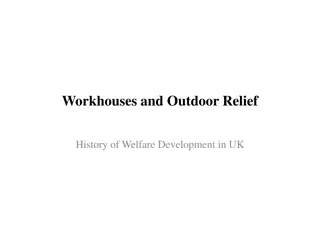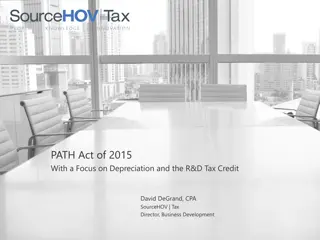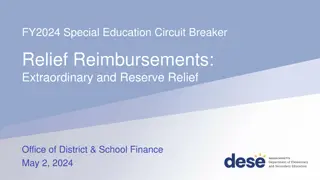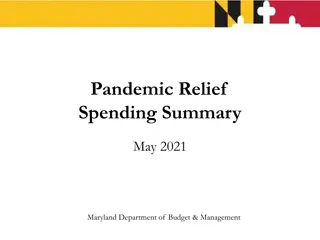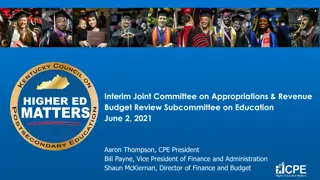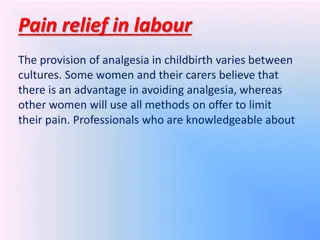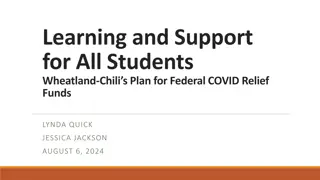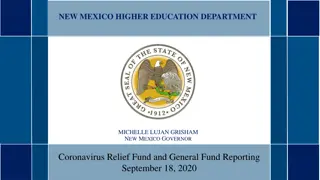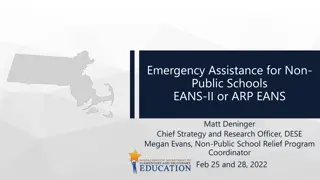Education Funding Updates and Relief Measures Under CRRSA Act
The CRRSA Act signed into law on December 27, 2020, allocated $82 billion in emergency education funding, including funds for Governors Emergency Education Relief, Elementary and Secondary School Emergency Relief, and Higher Education Emergency Relief. Updates extend the end date for funding in Maine and outline how funds can be utilized by educational institutions in response to COVID-19. The Maine DOE is processing internal requirements to distribute ESSER II funds to eligible school units through an application process.
Download Presentation

Please find below an Image/Link to download the presentation.
The content on the website is provided AS IS for your information and personal use only. It may not be sold, licensed, or shared on other websites without obtaining consent from the author. Download presentation by click this link. If you encounter any issues during the download, it is possible that the publisher has removed the file from their server.
E N D
Presentation Transcript
CRRSA Act Coronavirus Response and Relief Supplemental Appropriations (CRRSA) Act January 15, 2021 1
Public Law 116-260 CRRSA CRRSA Act Signed into law on December 27, 2020 $82 billion in emergency education funding to states: After reservations, ED allocates funds as follows: $4.05 Billion to Governors Emergency Education Relief (GEER) Fund, which includes; a $2.5 billion set-aside for services to private K-12 schools, to be administered by public agencies; $54.3 billion for ESSER II for SEA activities and grants to LEAs; and $22.7 billion for Higher Education Emergency Relief Fund 2
Coronavirus Relief Funds Update Updates apply to CRF 1, CRF 2, Adult Education, and Day Programming The end date for CRF education funding in Maine is extended from 12/30/2020 to 6/30/2021 The new last date to invoice Maine Department of Education for CRF funding has been extended to 9/30/2021 Award reductions from the 11/10/2020 uncommitted funds report will be reinstated to the full allocation amounts Approved CRF 2 reallocated funds applications remain intact No new CRF funding applications will be accepted 3
Elementary and Secondary School Emergency Relief (ESSER) II Fund Approximately $183 million will be administered to the Maine Department of Education (DOE) Funds flow from USED to Maine DOE to SAUs utilizing the Title I, Part A funding formula (2020 data) SAUs may use funds for: o any activity authorized under the Adult Education and Family Literacy Act (AEFLA), Elementary and Secondary Education Act (ESEA), Individuals with Disabilities Education Act (IDEA), Perkins (CTE), McKinney-Vento Homeless Assistance Act; and o many other activities to help with the response to COVID-19 (including preparedness and response efforts, sanitation, professional development, distance learning, addressing learning loss and air quality, and others). 4
ESSERF Application Maine DOE is currently completing internal financial requirements needed to allocate ESSER II funds to eligible school administrative units Maine DOE s Consolidated Application and Grant Reimbursement website will be utilized by school administrative districts to complete the ESSER II application and submit reimbursement requests 5
ESSERF Timeline Approved COVID-19 ESSERF project expenses, which were encumbered on or after March 13, 2020 and served to address specific challenges brought on by COVID-19, are eligible for reimbursement SAUs will have until September 30, 2022 to obligate ESSER I and September 30, 2023 to obligate ESSER II 6
ESSER II Application Approval Process Maine DOE Application Website: https://www.4pcamaine.org/ To receive the SAU s allocation under the ESSERF program, a Superintendent must submit to the Department an application that provides the following information: Part 1: A completed application cover sheet Part 2: Education Reform, Certifications, Accountability, Transparency, and Reporting and Other Assurances Part 3: A description of how the SAU intends to use the funds in reasonable and necessary ways to address challenges incurred because of COVID-19. Grant Award Notification 7
ESSER Clarifications ESSER does not have supplement, not supplant rules or requirements. While ESSER allocations are determined by the Title I funding formula, these funds are not Title I funds. For example, ESSER funds: Are not governed by Title I spending rules (like supplement not supplant and/or rank and distribution), Will not count towards Title I carryover limitations, Are not limited to Title I eligible schools or students, and Will have an accounting number different from the Title I accounting number ESSER funds are also not replacement funds. These funds must be spent on allowable activities and districts are encouraged to make one-time and/or sustainable investments to address challenges incurred because of COVID-19 8
ESSER Clarifications SAUs that were in existence in FY20 and received an ESEA Title I, Part A allocation are eligible for ESSER Maintenance of Effort has not been waived as of January 15, 2021 CRRSAAct includes a separate program of Emergency Assistance for non-public schools for which eligible non-public schools may apply to an SEA to receive services or assistance SAUs are not required to provide equitable services under ESSER II 9
Maintenance of Effort Under the CRRSA Act, a State that receives ESSER II funds must maintain support for elementary and secondary education and higher education in FY 2022 based on the proportional share of the State s support for elementary and secondary education and higher education relative to the State s overall spending averaged over FYs 2017, 2018, and 2019 10
ESSER Financial Recording ESSER I Fund 2605, Revenue 4531 ESSER II Fund 2614, Revenue 4531 ESSER II funds must be tracked separately from ESSER I Funds Model Chart of Accounts 11
Financial Implications of Costs Personnel paid with ESSER funds The employer retirement cost and administrative operating expenses related to the retirement programs applicable to those teachers whose funding is provided from federal grants or through federal reimbursement must be paid by local school systems from those federal funds. Costs reflected in the ED 279 Special education, career & technical education, gifted & talented, transportation, approved bus purchases Requirements for federal funds Time & Effort requirement for personnel Tracking of equipment & disposition Federal procurement requirements 12
Contact Information Please email ESSER II program and application related questions to the DOE's Director of Policy and Government Affairs, Chelsey Fortin- Trimble at Chelsey.A.Fortin@mane.gov Please email finance related questions to the DOE's School Finance Compliance & Governance Coordinator, Tyler Backus at Tyler.Backus@maine.gov Please email reimbursement related questions to the DOE s Federal Fiscal Coordinator, Nicole Denis at Nicole.L.Denis@maine.gov 13




